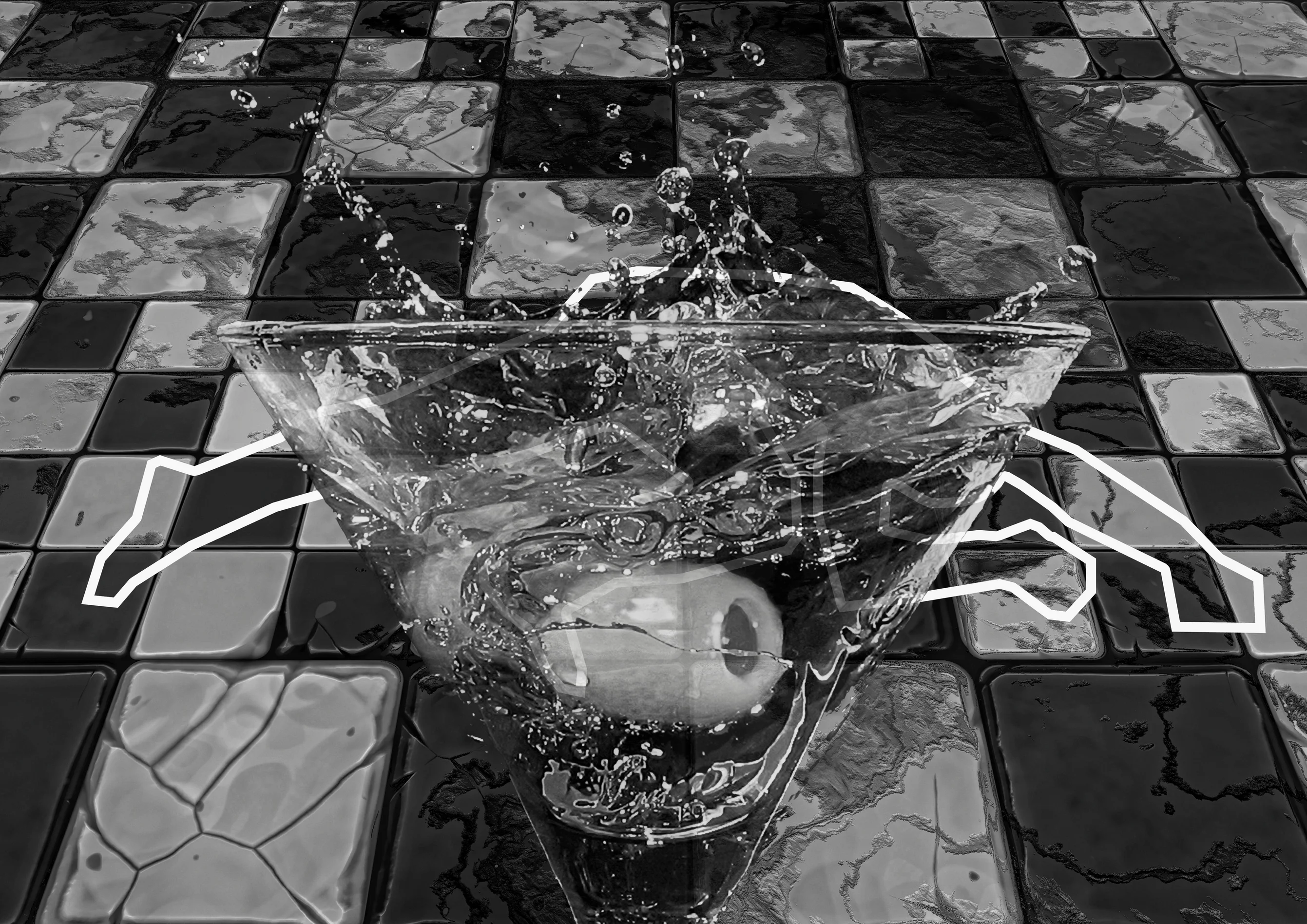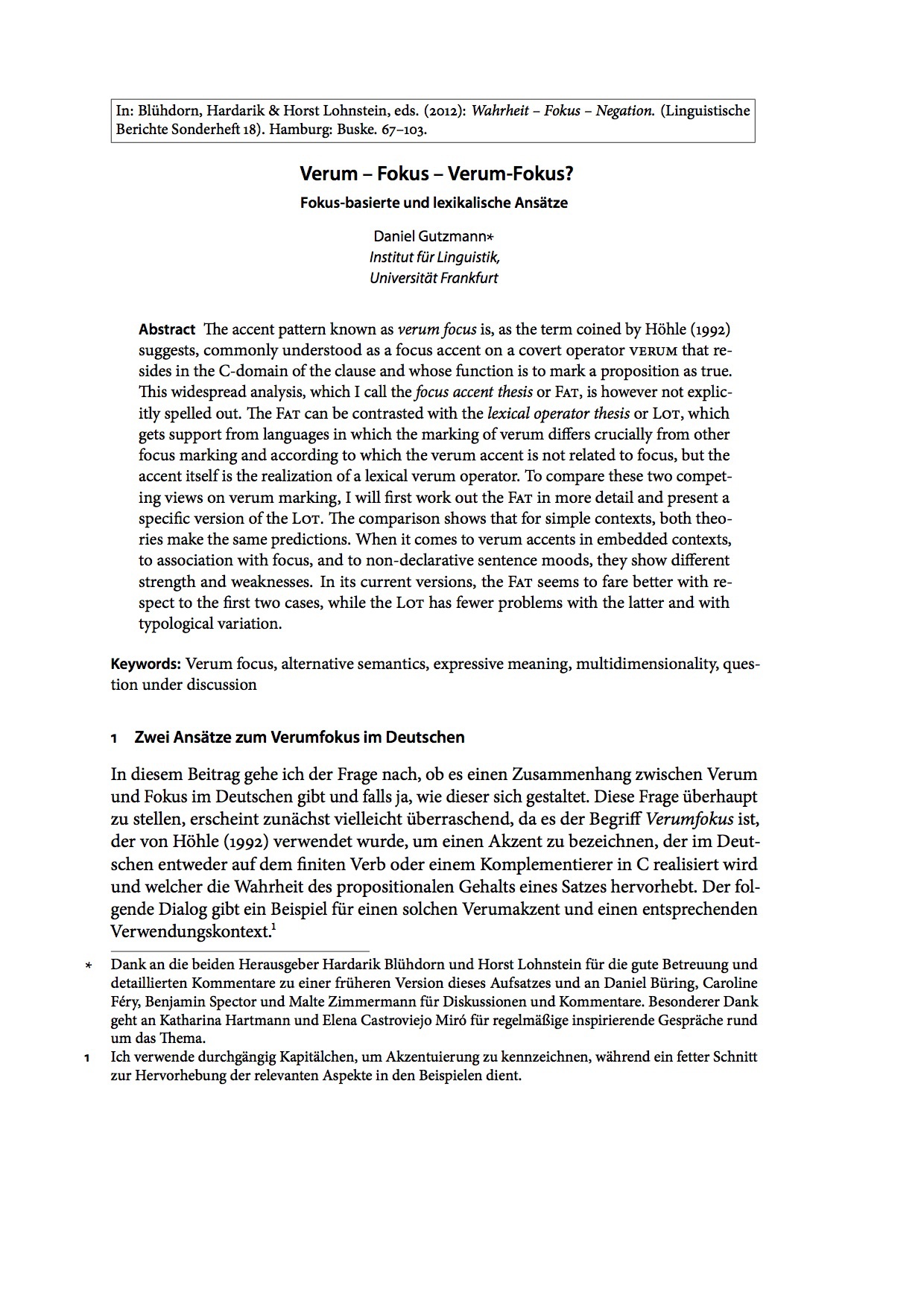This post comes a bit late, but a few weeks ago, Katharina Turgay’s and my paper Expressive intensifiers and external degree modification was accepted for publication in the The Journal of Comparative Germanic Linguistics. It started as an extended version of our 2012 EISS paper, but thanks to three really helpful reviews and great guidance by Editor-in-Chief Susi Wurmbrand we revised substantially and hence ended up with a different and – we think – much better analysis.
Abstract Varieties of colloquial German exhibit a special class of degree expression, including expressions like sau, voll or total, which we call expressive intensifiers(EIs) and which have received almost no attention in the literature. EIs are distinguished from ordinary degree intensifiers like very by several special syntactic properties. Most importantly, they can appear in what we call theexternal degree modification construction (EDC), a construction of the form [EI D (A) NP]. Despite preceding the determiner in these constructions, the EI still intensifies the adjective or noun inside the DP. The entire EDC behaves like a DP and, curiously, its interpretation must be indefinite, irrespective of the definite determiner that it involves. External EIs raise at least six questions for their analysis. (i) What is their relation to internal EIs? (ii) What position hosts them and why do they move at all? (iii) Why does the external position shift the interpretation of the determiner? (iv) Why are ordinary degree items excluded from that position? (v) Why are some EIs prevented from appearing adnominally in internal position, but all can be used adnominally in external position? (vi) Why do some constructions block external EIs? After presenting a detailed descrip- tion of the behavior of EIs both in internal and external position and in adjectival and adnominal use, we develop an analysis of EDCs to answer these questions which is based on the idea that the derivation of EDC involves head movement to D0 where the EI forms a complex quantifier with the determiner in order to express a syntactic expressivity feature.
The paper can be downloaded from the publication page.




